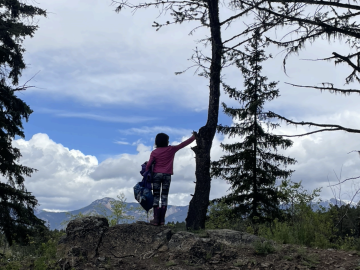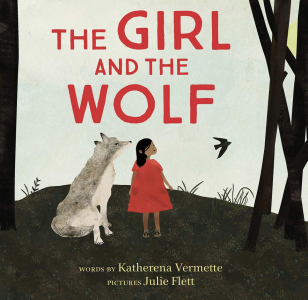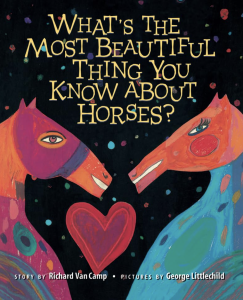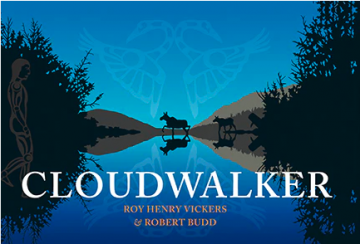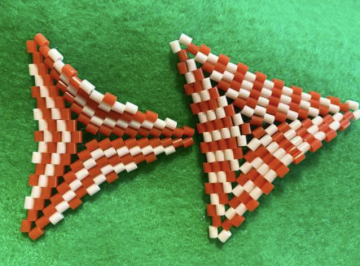Indigenous Stories for Classroom Use
This document provides a list of Indigenous stories that can be used in classrooms and will continue to be updated with new titles to support meaningful connections between Indigenous stories and mathematics.
Connecting Land, Place, and Community
Alli and Janice worked with two primary teachers and their classes to create learning experiences that encouraged students to think about mathematics through connections to land, place, and community.
Numeracy Pen Pal Project
Alexis, Heather, and Kristin have collaboratively developed a math-focused unit incorporating Indigenous ways of Knowing and observations of the natural world. Their project connected Alexis and Heather’s classes through a penpal format, culminating in a land-based field trip.
Every Pattern Tells a Story
This NSF-funded research project engaged in story-sharing sessions with former students, friends, and community members to uncover the stories behind assignment contributions, enriching classroom learning and highlighting connections between algebra and Indigenous identity.
Champagne Raccoons
Grounded in Indigenous Storywork, this task draws on the story of champagne-coloured raccoons from Saysutshun, an island provincial park in the territory of the Snuneymuxw First Nation near Nanaimo. The story invites students to wonder, make connections, and explore mathematical ideas.
Celebrate Indigenous Math Culture
Johanne and Brandi organized a math mentorship day at a local high school, creating opportunities for students, teachers, and staff to engage with Indigenous math and logic games in a positive and meaningful way.
Mentorship in Action
Sam’s Grade 6/7 class guided Kindergarten buddies, inspired by Jen Whiffin and Joy Fast’s Outdoor Math and Indigenous Storywork principles of Reciprocity and Respect.
Indigenous Garden Project
This project merged math and Indigenous knowledge through a permaculture garden design. Students applied measurement concepts while exploring their land and culture.
Indigenizing Minecraft through a Numeracy (STEAM) Lens
embark on a historical journey to a coastal village where students collaborate with Elders to learn sustainable winter preparation. Armed with this ancestral knowledge, students are tasked with designing their own thriving community
Hello Humpback
This lesson blends Indigenous stories and math. By exploring “Hello Humpback” written by Roy Henry Vickers, students connect with Indigenous Storywork and First Peoples’ Principles of Learning while learning number concepts.
If Instead of a Person
This lesson blends Indigenous stories and math. By exploring “If Instead of a Person” written by Courtney Defriend students connect with Indigenous Storywork and First Peoples’ Principles of Learning while learning about number concepts and computational fluency.
Jingle Dancer
This lesson blends Indigenous stories and math. By exploring “Jingle Dancer” written by Cynthia Leitich Smith, students connect with Indigenous Storywork and First Peoples’ Principles of Learning while learning about number concepts and practicing computational fluency.
The Girl and the Wolf
This lesson blends Indigenous stories and math. By exploring “The Girl and the Wolf” written by Katherena Vermette, students connect with Indigenous Storywork and First Peoples’ Principles of Learning while learning about addition, subtraction and measurement concepts.
Peace Dancer
This lesson blends Indigenous stories and math. By exploring “Peace Dancer” by Roy Henry Vickers, students connect with Indigenous Storywork and First Peoples’ Principles of Learning while learning about properties of objects and shapes, equations and transformations.
What’s the most beautiful thing you know about horses?
This lesson blends Indigenous stories and math. By exploring “What’s the Most Beautiful Thing You Know about Horses” written by Richard Van Camp students connect with Indigenous Storywork and First Peoples’ Principles of Learning while learning about patterns, fractions, and measurement.
Cloudwalker
This lesson blends Indigenous stories and math. By exploring “Cloudwalker” by Richard Van Camp students connect with Indigenous Storywork and First Peoples’ Principles of Learning while learning about number concepts, and change in quantity.
Cloudwalker
This lesson blends Indigenous stories and math. By exploring “Cloudwalker” by Richard Van Camp students connect with Indigenous Storywork and First Peoples’ Principles of Learning while learning about patterns, and number concepts.
Beadwork + Mathwork
Allison Gardner’s resource integrates beading into grades 4-8 math through a First Peoples Principles of Learning lens. Using the Medicine Wheel as a starting point, students explore math concepts while learning about beadwork. The resource includes detailed lesson plans and references to relevant texts.
Exploring Ecosystems and Mathematics
David Barnum shares how his Grade 3 students developed a deep connection to their environment through observation and journaling, aligning with First Peoples principles of learning.
The Journey of a Lesson
Dr. Christine Younghusband, Max Sterelyukhin, and Jared Hamilton share their journey as non-indigenous mathematics educators on embedding local Indigenous content, First Peoples Principles of Learning, and Indigenous worldviews into their secondary classrooms utilizing BC’s math curriculum.
Indigenous Math Connections – David Sufrin
David Sufrin highlights how student teachers integrated Aboriginal culture and math through projects like spearfishing and berry picking. These activities involved counting, estimating, graphing, and language development.
Math First Peoples 8/9
The Math First Peoples Teacher Resource Guide empowers BC educators to transform math learning through Indigenous perspectives, aiming to boost student success.


